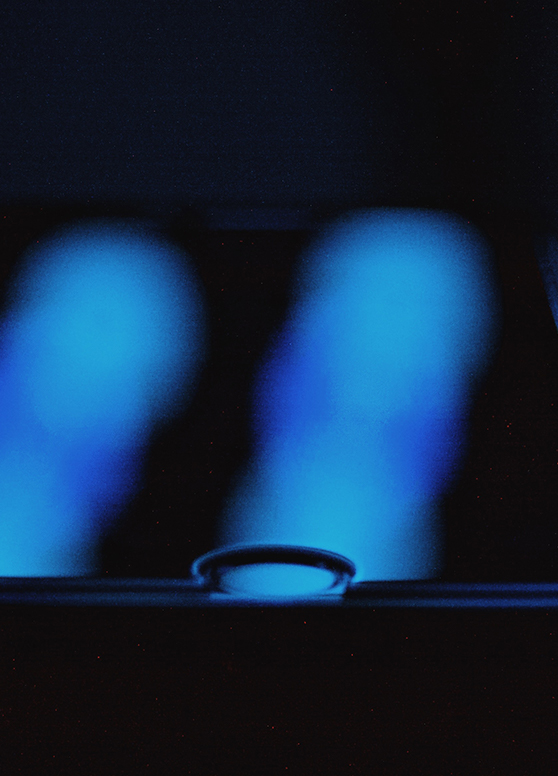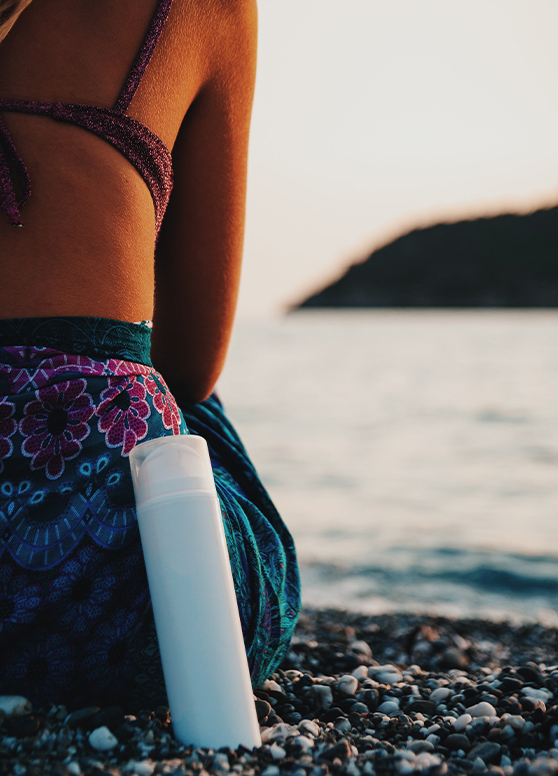
JUNE 26, 2020 / Skincare
Is Blue Light Damaging Your Skin?

Is blue light damaging to your skin, and how bad is the light from your electronics? Let’s touch briefly on the sun and how it effects your skin. UVB rays are burning rays that give you those lovely burns, ha. UVA rays penetrate deeper into the skin, damaging collagen and elastin, increasing hyperpigmentation, etc
We cannot see or feel this UV radiation. The warmth you feel from the sun is infrared and the light you see is called visible light. The visible light spectrum is seen in the colors of the rainbow. That blue/violet part of the rainbow is called blue light.
So Is Blue Light Damaging To Skin And Does It Contribute To Hyperpigmentation?
Recent studies show that visible light, along with UVA, can play a big role in contributing to hyperpigmentation. So, blue light is damaging to skin and is really a damaging recipe for persistent hyperpigmentation.
Now, we know visible light comes from the sun, but it also comes from TVs, our phones, tablets etc. The amount of visible light we get from the sun is a MUCH higher dosage than what we get from our phones. We would have to be sitting on our phones for hours on end for it to contribute to hyperpigmentation
If you are trying to lighten any form of dark, hyperpigmented, spot and spend a lot of time by a window, I would highly recommend using SPF indoors. UVA rays penetrate glass. This pertains particularly to darker skin tones that rarely burn in the sun and tan very easily, more so than to those who are fair and burn easily.
The bottom line is that we now know that only visible, blue light from the sun can drive hyperpigmentation in those with darker skin types. Visible light from tablets, won’t contribute too much to further any pigment issues. However, I don’t think it’s a bad idea to limit your screen time for other reasons.
How To Protect Your Skin Against UVA And Visible Light
Zinc Oxide SPF that is formulated with iron oxides is your best bet. Zinc Oxide protects against both UVA and UVB. While iron oxides help protect against the pro pigmenting wave lengths that further hyperpigmentation. Note: Iron oxides are only found in tinted sunscreens.
The US does not require a standard for UVA protection, so we don’t know how much we are getting. However, Europe, Japan and a few others do have testing standards for UVA protection. The most common UVA filters are Tinosorb and Mexoryl. Listed below are sunscreens with UVA & UVB protection along with iron oxides that offer minimal to no white cast.

With Love,
Nicole
Share It:

